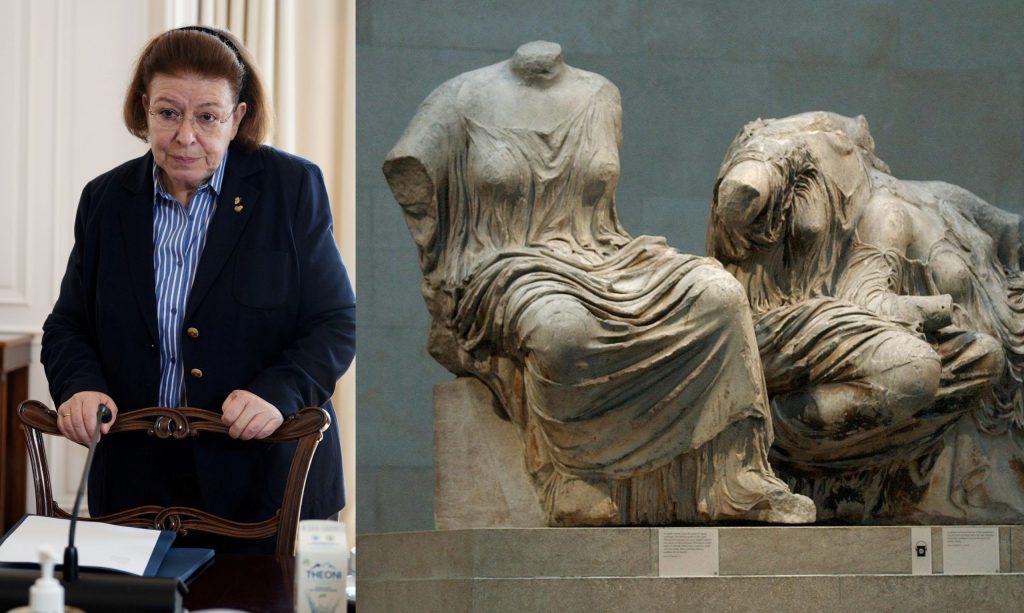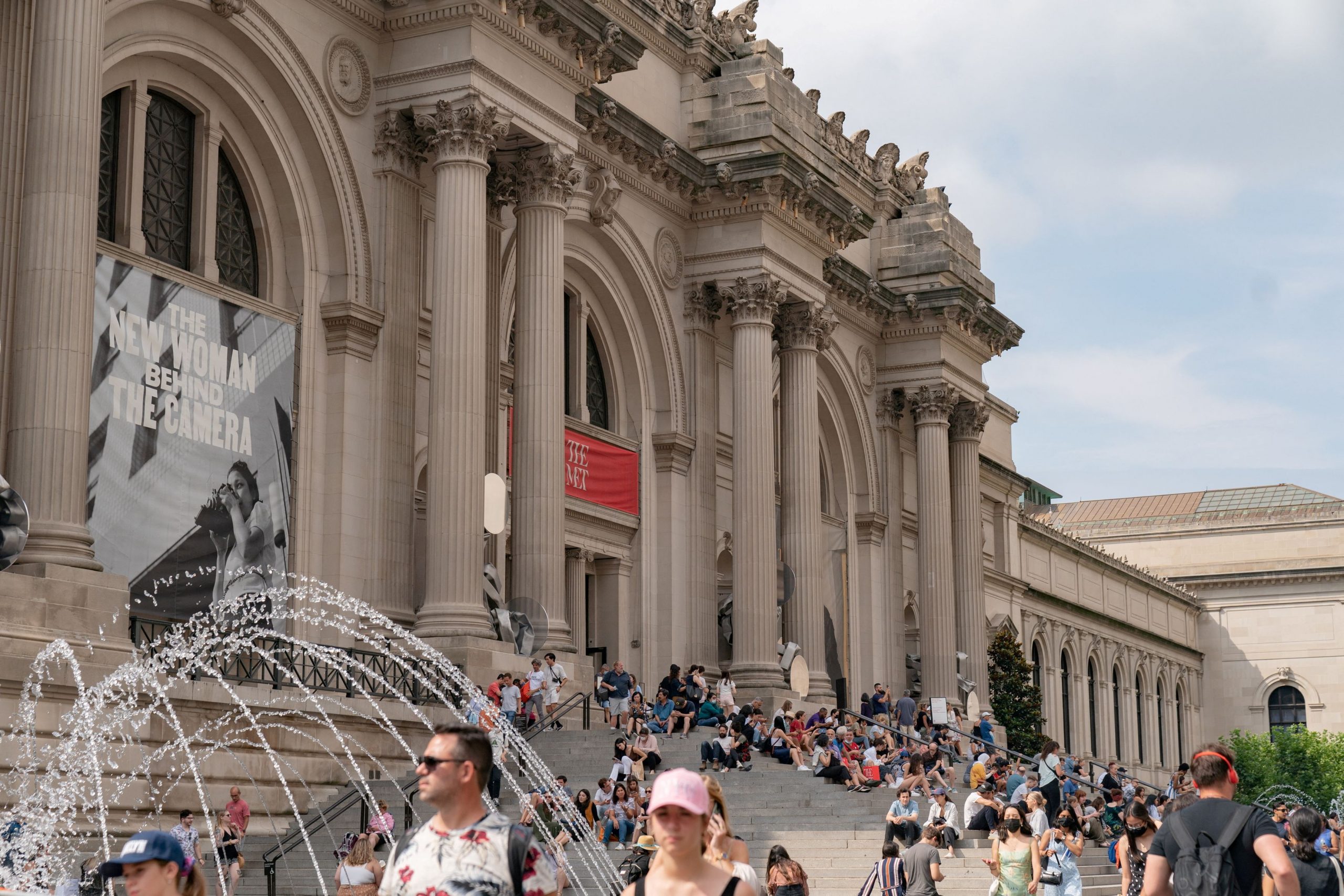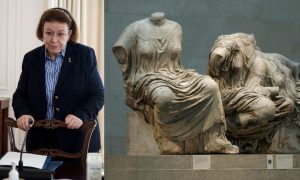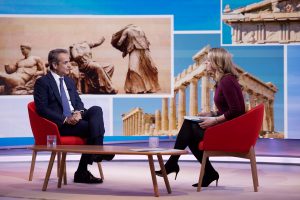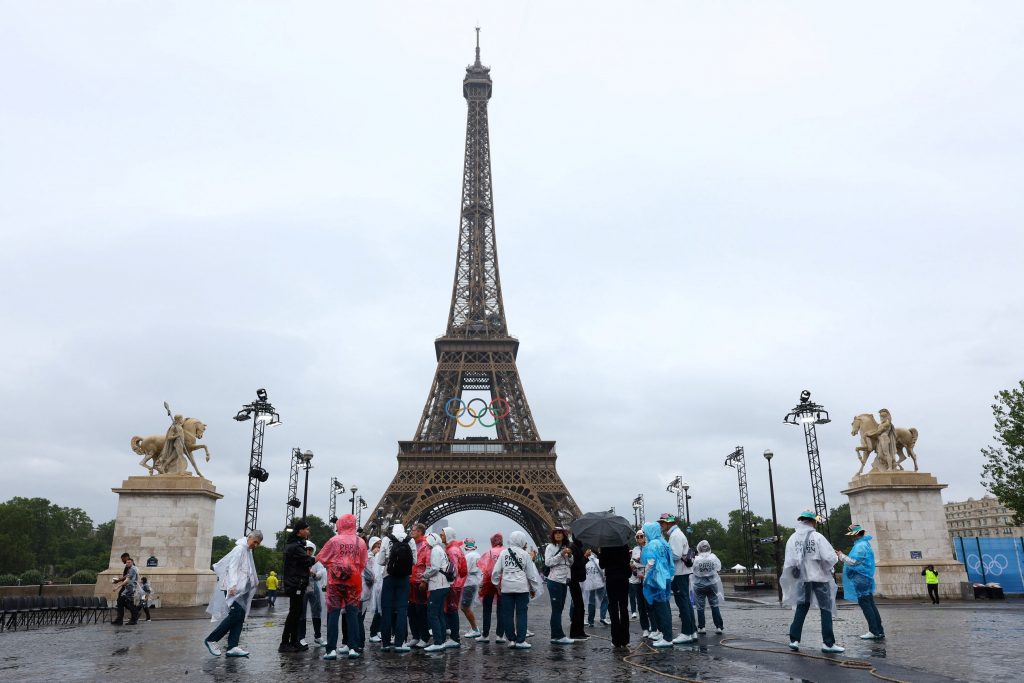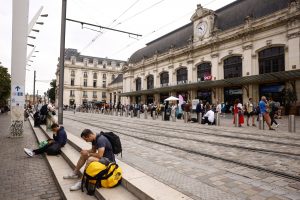The Metropolitan Museum of Art has agreed to return 14 sculptures to Cambodia and two to Thailand, removing from its collection all Khmer-era artworks associated with an art dealer accused of selling antiquities illegally.
The Met said Friday it will temporarily display a selection of the 16 sculptures while arrangements are made for their repatriation. The works were made between the ninth and 14th centuries in the Angkorian period, the museum said. The Khmer empire ruled much of what is now Cambodia, Laos, Thailand and Vietnam from about 802 to 1431.
The sculptures are associated with art dealer Douglas Latchford, who was indicted in 2019 by the U.S. attorney’s office for the Southern District of New York, which said he orchestrated a multiyear scheme to sell looted Cambodian antiquities on the international art market. The indictment was dropped after Latchford’s death in 2020. Authorities later secured a $12 million civil forfeiture against his estate for stolen Southeast Asian antiquities they alleged Latchford had sold.
The Met said it cooperated with authorities in the U.S. and Cambodia following Latchford’s indictment and received information that made it clear the sculptures should be returned.
“The Met is pleased to enter into this agreement with the U.S. attorney’s office, and greatly values our open dialogue with Cambodia and Thailand,” said Max Hollein, the director and chief executive of the Met.
U.S. Attorney Damian Williams said in a statement Latchford was believed to have run “a vast antiquities trafficking network,” an allegation Latchford had denied. He urged cultural institutions and private collectors to remain vigilant about antiquity trafficking.
Many countries and cultures that were colonized have for decades asked institutions to return stolen artifacts. That effort has gained more traction in recent years, with many museums now openly acknowledging that some items in collections were gained through colonial exploitation and looting.
The Cambodian government in recent years has asked the Met and other museums to return artworks taken from their countries of origin under murky circumstances.
In 2013, the Met returned two 10th-century Cambodian stone statues, known as the “Kneeling Attendants,” which were also associated with Latchford. The statues were from the Koh Ker temple in the same province as the Angkor Wat temples. Officials said they believe they were stolen from the temple in the 1970s. The Met had acquired the statues from donors between 1987 and 1992, it said at the time.
One of the most high-profile repatriation efforts involves the Benin Bronzes, West African artifacts stolen more than a century ago from what is now Nigeria.
Roughly 3,000 to 5,000 artifacts were pillaged from the Kingdom of Benin by British soldiers in the late-19th century as the U.K. expanded its colonial empire in West Africa.
Many of the Benin Bronzes—a name used to cover a variety of artwork, including carved elephant tusks, brass plaques, and wooden heads—wound up in private collections and museums in Europe and the U.S. The Met returned three artifacts to Nigeria in 2021.
Write to Ginger Adams Otis at Ginger.AdamsOtis@wsj.com
